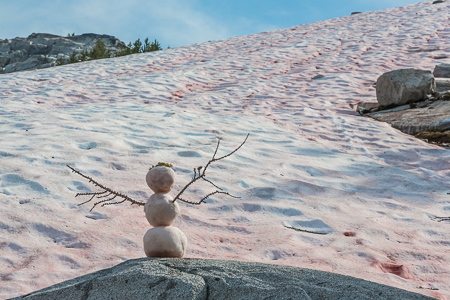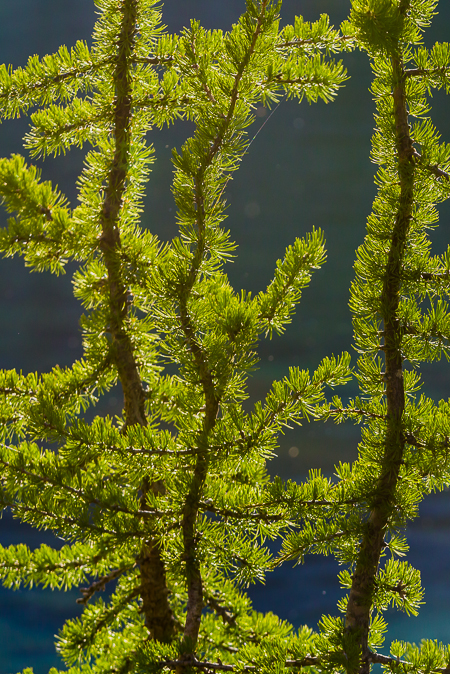 Sunlit Alpine Larches with the cloud-shrouded flanks of Mt. Stuart in the distance
Sunlit Alpine Larches with the cloud-shrouded flanks of Mt. Stuart in the distance
The place is profoundly inspiring. Ragged ridges slice the sky. A pale sun dances off aquamarine tarns. Golden larch needles tickle my arm. Towering Mt. Stuart creates its own clouds. Mountain Goats greet us like long-lost friends. Is there anywhere as enchanting?
We drove from the Seattle area to Leavenworth, in the heart of the Cascade Mountains, on an early October day. Our backpacking permit from the Okanogan–Wenatchee National Forest allowed us four nights in a lesser-visited part of The Enchantments that included Lake Stuart and Horseshoe Lake. Our goal was to hike to Lake Stuart, camp one night, then hike the unofficial route up to the real high country of Horseshoe Lake, then spend three nights there among the golden Alpine Larches.
We drove up the steep access road to the trailhead, which wound through patches of scarred trees where forest fires had raged in recent years. In fact, two years previously, we had been blocked from this access road by a big wildfire.
At the trailhead, we joined scores of other cars in a big parking lot. When I got out of the warm car, I was immediately struck by the chill in the air. We were used to warmer weather all summer for our hikes, and this was a change. Even so, I started the hike wearing shorts and a nylon shirt, knowing that I would heat up immediately as we climbed the trail toward Horseshoe Lake. After eating a trail lunch of crackers, cheese, cookies, and dried mango at the trailhead, I donned my 47 lb. pack and we headed up the trail.
 Crossing Mountaineer Creek on a high bridge on the way to The Enchantments
Crossing Mountaineer Creek on a high bridge on the way to The Enchantments
It was a long slog upward through the evergreen forest and along Mountaineer Creek. Hikes ascending through dense forest are never my favorites, but they are almost always necessary to get to the more desirable high country. And let’s face it, the long trek through the forest makes the high meadows seem even sweeter by comparison.
The afternoon went by quickly as we climbed the five mile trail toward Lake Stuart. Eventually we reached the shores of the lake. Swaths of bright green horsetails in the lake’s shallows were glowing in the late afternoon light, against the mountainsides in deep shade. I was immediately inspired by the scene, grabbed my camera, and asked Karen if she could set up the tent while I photographed. The downside was that I was chilled in the cold and windy mountain air after the sweaty hike up the trail. This is a time when I should have immediately changed into warmer clothes and ingested some calories but, no, I just HAD to get those photographs! As a result, I was really cold when I eventually got back to camp. Too cold to even fix a tripod that needed repair. In these circumstances I get the symptoms of Raynaud’s Disease, which cuts off blood flow to the fingers and leaves them ghostly white and unable to work properly.
 Horsetails at the edge of Lake Stuart, with snowy Mt. Stuart in the distance
Horsetails at the edge of Lake Stuart, with snowy Mt. Stuart in the distance
 The Swamp Horsetail colony had an incredibly bright yellow-green color
The Swamp Horsetail colony had an incredibly bright yellow-green color
After a good backpacking dinner of dehydrated Pad Thai, I felt revived, but was still a bit chilled, and that’s how I would feel all night. To cut weight on this trip, we brought our lightest weight tent; unfortunately, the tent achieves much of its weight savings by using insect netting instead of solid nylon walls, so the wind on this breezy night blew right through the tent. We also skimped on sleeping bags to save weight, given the favorable forecast, but ended up wearing nearly all our clothing inside the summer-weight sleeping bags. Oh well, the first night was to be the coldest.

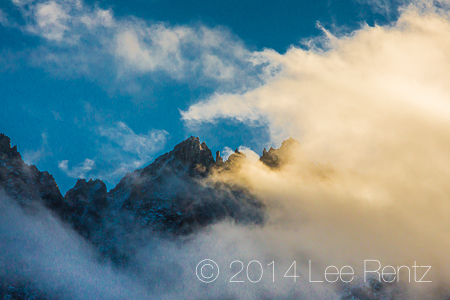
 Storm light on Mt. Stuart that first evening; the mountain is so high that it makes its own clouds, which dissipate just downwind from the mountain
Storm light on Mt. Stuart that first evening; the mountain is so high that it makes its own clouds, which dissipate just downwind from the mountain
The next morning, we awoke early, knowing we had a difficult day ahead. Lake Stuart was still. We discovered that our latest technology–a UV blasting Steripen for sterilizing drinking water–had stopped working. Fortunately we had a backup plan: using iodine tablets and an iodine neutralizer that we carry for just such situations. It worked just fine.
 After the tumultuous weather of the previous evening, morning dawned cold, clear, and windless
After the tumultuous weather of the previous evening, morning dawned cold, clear, and windless
After packing up, we walked to the end of the lake, then started following a route throught the woods. This is not an officially maintained trail, so the hiking was difficult, with lots of fallen trees to climb over or crawl under. Eventually we came to a big open wetland filled with cottongrass and  Wet meadow along the route from Lake Stuart to Horseshoe Lake, with Mt. Stuart towering above
Wet meadow along the route from Lake Stuart to Horseshoe Lake, with Mt. Stuart towering above
other boggy plants. Skirting the side of it, we began searching for a horseshoe tacked to a tree that would signal the place to start climbing the mountain. We ran into two older (well, older than me!) guys crashing through the woods behind us. One knew exactly where the horseshoe was located, and told us how to get there. He said that he first came to The Enchantments with his older brother (the guy with him) in 1959, when he was 12 years old, so he had a long love of the place.
 The horseshoe marking the start of the rough route up the mountain to Horseshoe Lake
The horseshoe marking the start of the rough route up the mountain to Horseshoe Lake
Upon reaching the horseshoe, we celebrated; after all, some people get lost at this point and never make it up to Horseshoe Lake. The trail ascended. Steeply. Over and under endless fallen trees. Some steps up onto granite were so steep that we had to help pull each other up.
We reached our first golden larch. Then another. The path rose into a huckleberry meadow glowing with red leaves. Sparkle off distant water. We were there!
 Approaching Horseshoe Lake through an autumn huckleberry meadow
Approaching Horseshoe Lake through an autumn huckleberry meadow
 The view from our campsite across the narrow lake to Mt. Stuart
The view from our campsite across the narrow lake to Mt. Stuart
After a brief break, we split up to search for a campsite. The lake was small, and we chose an established campsite on a peninsula jutting into the lake where there were two flat spots for our tents. We set up our tents, established a line to hang our food from a tree branch, and soaked in our good fortune at having an entire high country lake to ourselves. The Alpine Larches were at their peak of color and the granite spires soared above us. No place on earth could be better.
 Last light on one of the mountains surrounding Horseshoe Lake
Last light on one of the mountains surrounding Horseshoe Lake
 Alpenglow on the flanks of Mt. Stuart
Alpenglow on the flanks of Mt. Stuart
I stayed up well beyond dark watching the fading light, then photographed the scene using my headlamp to illuminate the larches against the deep twilight blue of the sky. A 60% waxing moon gave light to the landscape.

 A granite knoll next to our campsite; it had Whitebark Pines and Alpine Larches growing from cracks in the stone. We watched the stars blink on as twilight turned into night.
A granite knoll next to our campsite; it had Whitebark Pines and Alpine Larches growing from cracks in the stone. We watched the stars blink on as twilight turned into night.
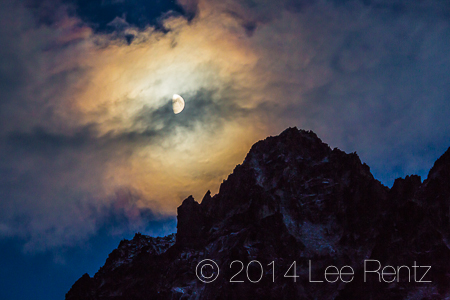
 A waxing moon appeared over Mt. Stuart. On our last night, we saw the headlamps of a pair of climbers high on a cliff below the summit; the climbers were bivouacking high on the mountain for a morning attempt to summit the peak.
A waxing moon appeared over Mt. Stuart. On our last night, we saw the headlamps of a pair of climbers high on a cliff below the summit; the climbers were bivouacking high on the mountain for a morning attempt to summit the peak.
The next morning we were again up early; after all, who wants to remain in a cozy sleeping bag in the presence of such beauty? Well, it depends how cold it is outside; fortunately the morning was chilly but not frigid. Karen and I have a typical trail breakfast of dried bean soup spiked with PB2, a powdered peanut butter product, and ground almonds. It is good and gives enough energy for the day of exploring. I don’t function without my morning coffee, and little tubes of freeze-dried work just fine in the wilderness. My companions preferred tea.

 Our campsite, which may have been the prettiest campsite we’ve ever had–and that’s saying a lot!
Our campsite, which may have been the prettiest campsite we’ve ever had–and that’s saying a lot!
 Junko filtering water along the shore
Junko filtering water along the shore
We made our plan for the day: we would hike along the lake shore as far as we could, then explore toward the base of the ridges surrounding this big glacial cirque. We hiked for a while, then had an early lunch atop a granite outcrop overlooking the lake and Mt. Stuart.
After lunch, we wandered down to a wet meadow that had recently melted out, though first we had to negotiate a boulder field that included a lot of scrambling and climbing over big rocks. When we reached the meadow, we found a beautiful meandering stream, with its banks bordered by a few summer subalpine wildflowers that we didn’t expect to see in October. The Shooting Stars and Red Bell Heathers and White Bell Heathers and Yellow Arnicas brightened the day.
 The wet meadow and snowfield where we saw summer wildflowers in October, as well as our first Mountain Goat of the trip
The wet meadow and snowfield where we saw summer wildflowers in October, as well as our first Mountain Goat of the trip
 This stream meandering through the wet meadow flowed down into Horseshoe Lake
This stream meandering through the wet meadow flowed down into Horseshoe Lake
 Karen and Junko picked a handful of late season huckleberries in the rock field just above the meadow; this rocky area was also home to numerous Pikas
Karen and Junko picked a handful of late season huckleberries in the rock field just above the meadow; this rocky area was also home to numerous Pikas
 Summer wildflowers still bloomed in the high meadow, which had melted out late–probably in September
Summer wildflowers still bloomed in the high meadow, which had melted out late–probably in September
 Karen exploring a high heather meadow
Karen exploring a high heather meadow
 Karen and alpine color
Karen and alpine color
I found that the stream flowed down under a small remnant snowfield. I knew what this meant: there would be a scalloped ice cave where the stream flowed through. I found and photographed the cave. Then we set about building a great little snowman atop the snowfield.
 We built our traditional snowman atop the remnant snowfield, accessorizing with chartreuse Wolfia lichen and Whitebark Pine twigs–all locally sourced from sustainable and recyclable sources
We built our traditional snowman atop the remnant snowfield, accessorizing with chartreuse Wolfia lichen and Whitebark Pine twigs–all locally sourced from sustainable and recyclable sources
 The sculpted, scalloped interior of an ice cave in the high meadow
The sculpted, scalloped interior of an ice cave in the high meadow
After playtime was over, we walked along the edge of the meadow, at least until I layed down to photograph a vivid magenta Shooting Star. After three shutter clicks, I noticed a white shape moving toward me from the mountainside. It was a female Mountain Goat, and she came down the mountain just to be with me. How sweet! Her presence consumed most ot the rest of the day, but I’ll get to all that in another blog entry.
 This Mountain Goat came straight down the mountain to join us in the meadow, where it quietly fed as we watched nearby
This Mountain Goat came straight down the mountain to join us in the meadow, where it quietly fed as we watched nearby
It was getting late in the day, so we started hiking back to camp, with the Mountain Goat tagging behind like a kid sister. We enjoyed a hot dinner, and repeated the activities of the night before. We watched the stars and planets poke one by one from the deep twilight sky, and the now 70% moon washing the landscape in pale silvery light.
 Horseshoe Lake was lovely as we hiked back to camp from the high meadow
Horseshoe Lake was lovely as we hiked back to camp from the high meadow
 That night, I again photographed the lakeshore with the aid of light from my headlamp
That night, I again photographed the lakeshore with the aid of light from my headlamp


 The moon was at about 70% full above us
The moon was at about 70% full above us
We slept well, then awoke the next morning to a cloudless sky. During breakfast, we suddenly spotted a group of four Mountain Goats running and bouncing (really!) along the shoreline toward us. They seemed overjoyed to see us. But, again, more on that experience in an upcoming blog entry.
 One of a group of four Mountain Goats that came to our campsite early the next morning. There was an adult mother, her kid of the year, and two yearlings; all four constantly challenged other members of the small family for dominance. One time, I even saw the tiny kid try to stand up to one of the yearlings. She had to back down.
One of a group of four Mountain Goats that came to our campsite early the next morning. There was an adult mother, her kid of the year, and two yearlings; all four constantly challenged other members of the small family for dominance. One time, I even saw the tiny kid try to stand up to one of the yearlings. She had to back down.
 One of the goats stood atop a granite outcrop in our campsite, with Mt. Stuart in the distance
One of the goats stood atop a granite outcrop in our campsite, with Mt. Stuart in the distance
Hundreds of photographs later, we left camp to search for Jack Lake, the mythological body of water that we thought we had found the day before, but were mistaken. It turned out to be a real lake, small and lovely, ringed with golden sedges and golden larches. We ate our trail lunch on a granite bluff overlooking the lake, where we saw the four Mountain Goats and realized that they had wandered over to the hills where we were exploring. We also saw a couple of groups of hikers enjoying the larch-covered terrain.



 Tiny Jack Lake basked in the color around it–the golds of sedges and Alpine Larches
Tiny Jack Lake basked in the color around it–the golds of sedges and Alpine Larches
We spent the rest of the afternoon wandering around, going back to the wet meadow of yesterday to check on our snowman–it had fallen into scattered dirty snowballs–and to photographs the Pikas living in the boulder field above the meadow.



 That evening brought a return of the wind and the unsettled weather that can be so glorious in the mountains
That evening brought a return of the wind and the unsettled weather that can be so glorious in the mountains
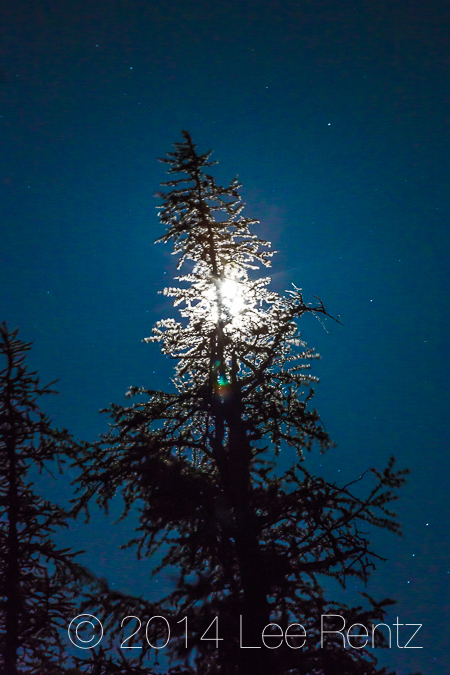 The waxing moon behind a larch at night
The waxing moon behind a larch at night
That night the weather was unsettled, with some winds and clouds that made it less desirable for night photography, though I did manage to squeeze off a few shots.
The next morning was our last morning on Horseshoe Lake. As happened yesterday, the gang of four Mountain Goats showed up and demanded our attention, so we were late in leaving the lake for our hike out. When the goats lay down to chew their cuds, I finally decided that it was time to give it up, after having taken about 500 photos of the goats over three days.


 The next morning dawned clear, still, and stunningly beautiful
The next morning dawned clear, still, and stunningly beautiful
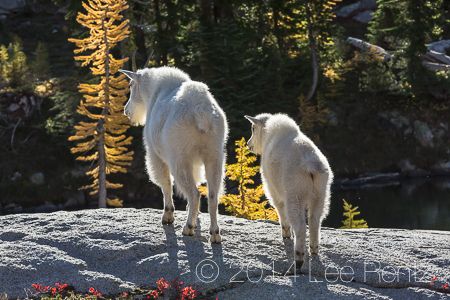 The gang of four returned that morning for another photo session
The gang of four returned that morning for another photo session
 The kid often fed at its mother’s feet, keeping an eye on the photographer while using its mother’s legs as a barrier from that guy with the camera
The kid often fed at its mother’s feet, keeping an eye on the photographer while using its mother’s legs as a barrier from that guy with the camera
 One last look at the loveliest of all mountain lakes
One last look at the loveliest of all mountain lakes
 Karen and Junko starting the hike out on our last morning
Karen and Junko starting the hike out on our last morning
We hoisted our packs for the seven mile hike out. We knew that the infomal trail back to Lake Stuart was going to be difficult, even though it was all downhill. I asked Karen and Junko to count the logs crossing the trail that we had to climb over, step over, or shimmy under. That gave us something other than the physical difficulty to think about and, by the time we reached Lake Stuart, the total was 137 downed trees over the path!


 Climbing over and limboing under some of the 137 logs that lay across the “trail”
Climbing over and limboing under some of the 137 logs that lay across the “trail”
Beyond Lake Stuart, the forest started smelling like mushrooms, so our attention changed to searching for edibles. We didn’t find any of the Golden Chanterelles like we find in the Puget Sound lowland forests, but we did find some midnight blue-colored relatives of the chanterelles, as well as a few Hedgehog Mushrooms. The former weren’t very good to our palates, but the Hedgehogs were terrific when fried in butter.
 One of the Blue Chanterelles that grew in dense clumps on the forest floor
One of the Blue Chanterelles that grew in dense clumps on the forest floor
We were tired and sore, but the parking lot came into view earlier than I expected. We encountered a lot of day hikers on our hike out, and the parking lot was still overflowing when we arrived. The drive home was long, but we stopped to get boxes of excellent apples fresh from the orchards.
When I titled this blog post “My Last Hike in the Enchantments,” I was thinking of Karen’s repeated statement that entering The Enchantments is always a hard hike, and she has now done it four times, and that is enough. However, my title also refers to what was simply my most recent hike to The Enchantments. And it was so enchanting, I prefer to think that I might return in the next few years.
 A fond look back from the wet meadow just above Lake Stuart toward the high and stunning Enchantments
A fond look back from the wet meadow just above Lake Stuart toward the high and stunning Enchantments
The Enchantments is a stunning landscape of sharp granite peaks and open country studded with small glacial lakes. With the explosion of backpacking in the 1970s, The Enchantments became overrun with hikers. Hundreds of hikers would be in the high country at one time, trampling the fragile heather meadows and lighting campfires fueled by fallen larch and pine boughs. The area was being loved to death. Eventually the U.S. Forest Service stepped in and established a permit system that controls the number of backpackers. Some freedom was lost in the process, but the beauty of the area was maintained.
We received a permit for our third visit in three years. A lottery is held in the early part of the year to determine who receives most of the permits, although some permits are available every day to hikers who show up at the last minute and a few permits are available immediately after the lottery for days that have not met their quota. This was my third trip here, and I would love to return.
To see thousands of my photographs in large file sizes for use in magazines or other printed materials or electronic media, go to my NEW website at Lee Rentz Photography or go to my Flickr Photostream.
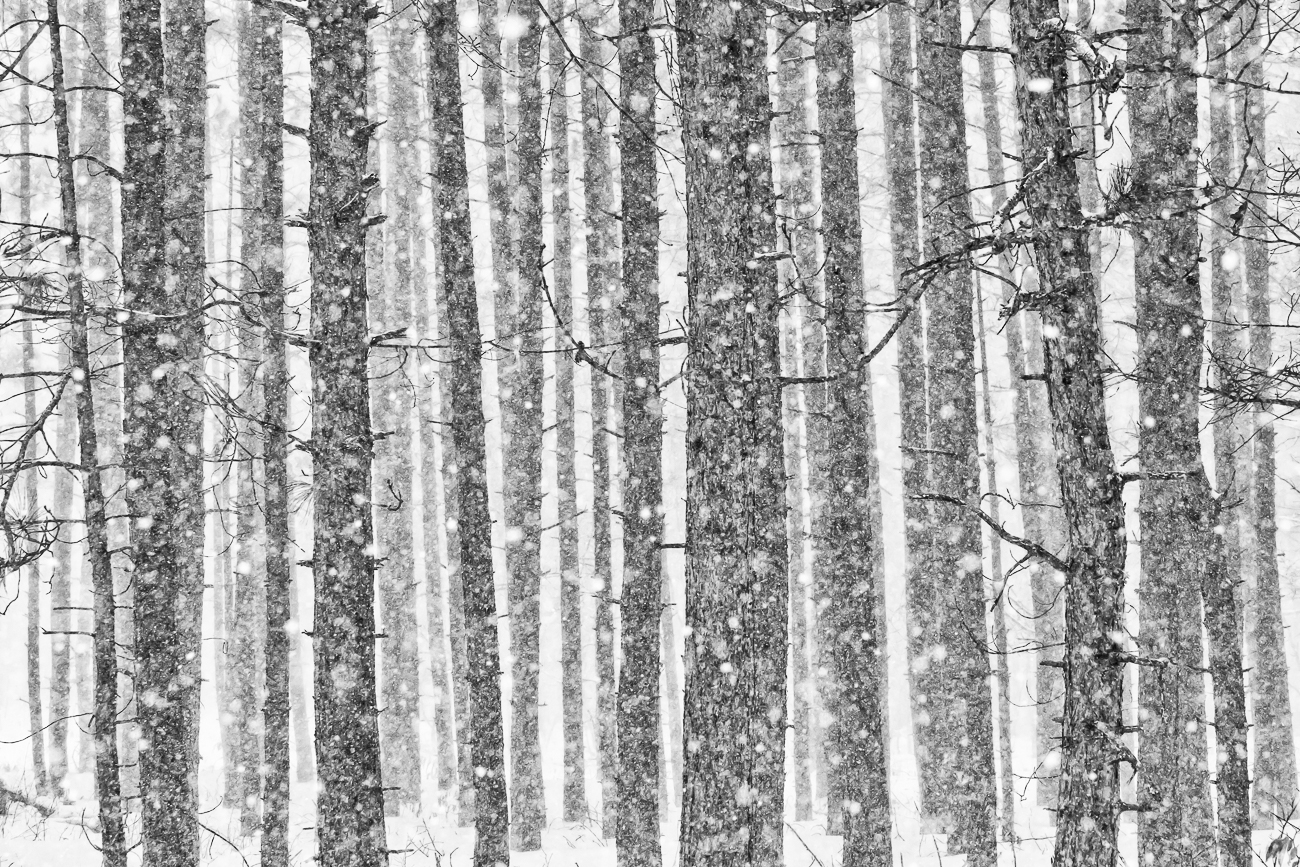
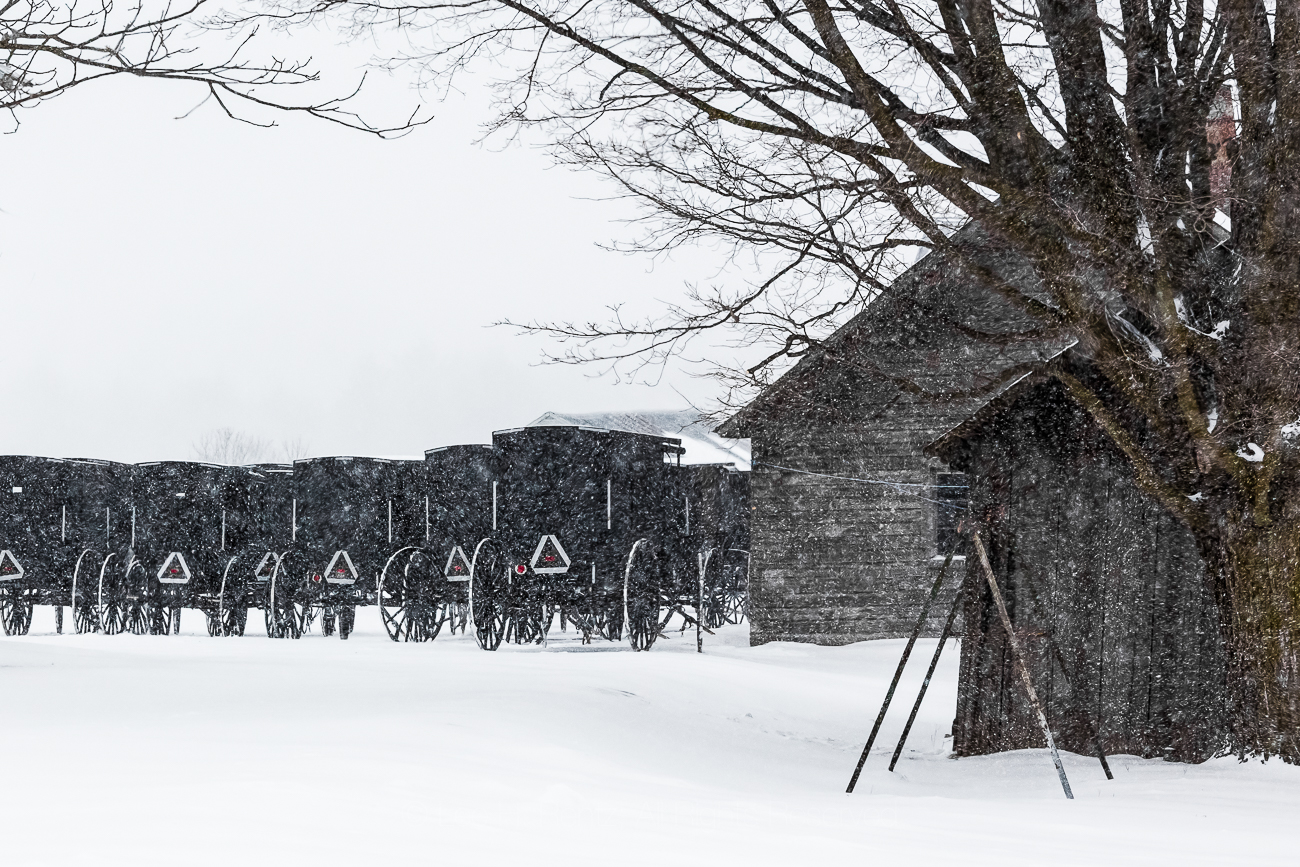
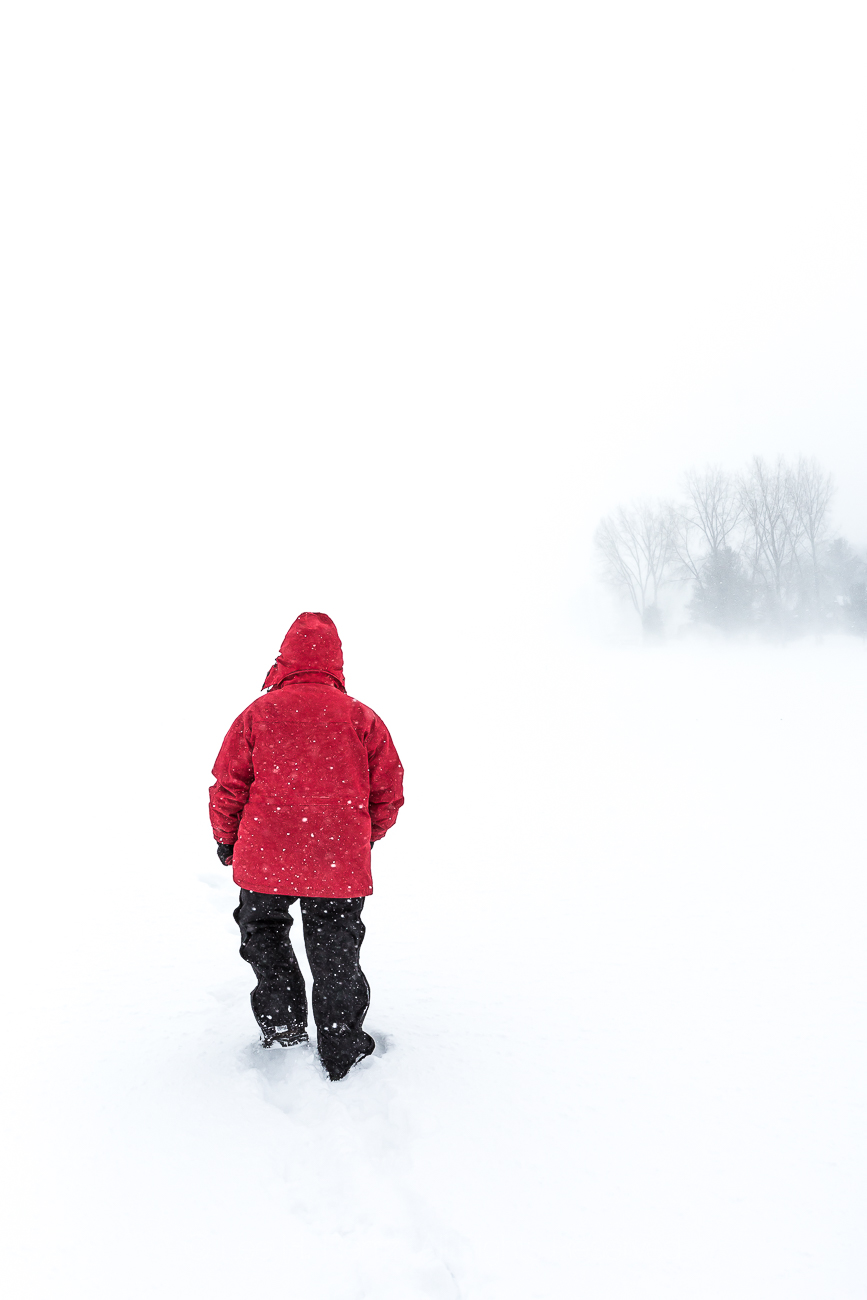
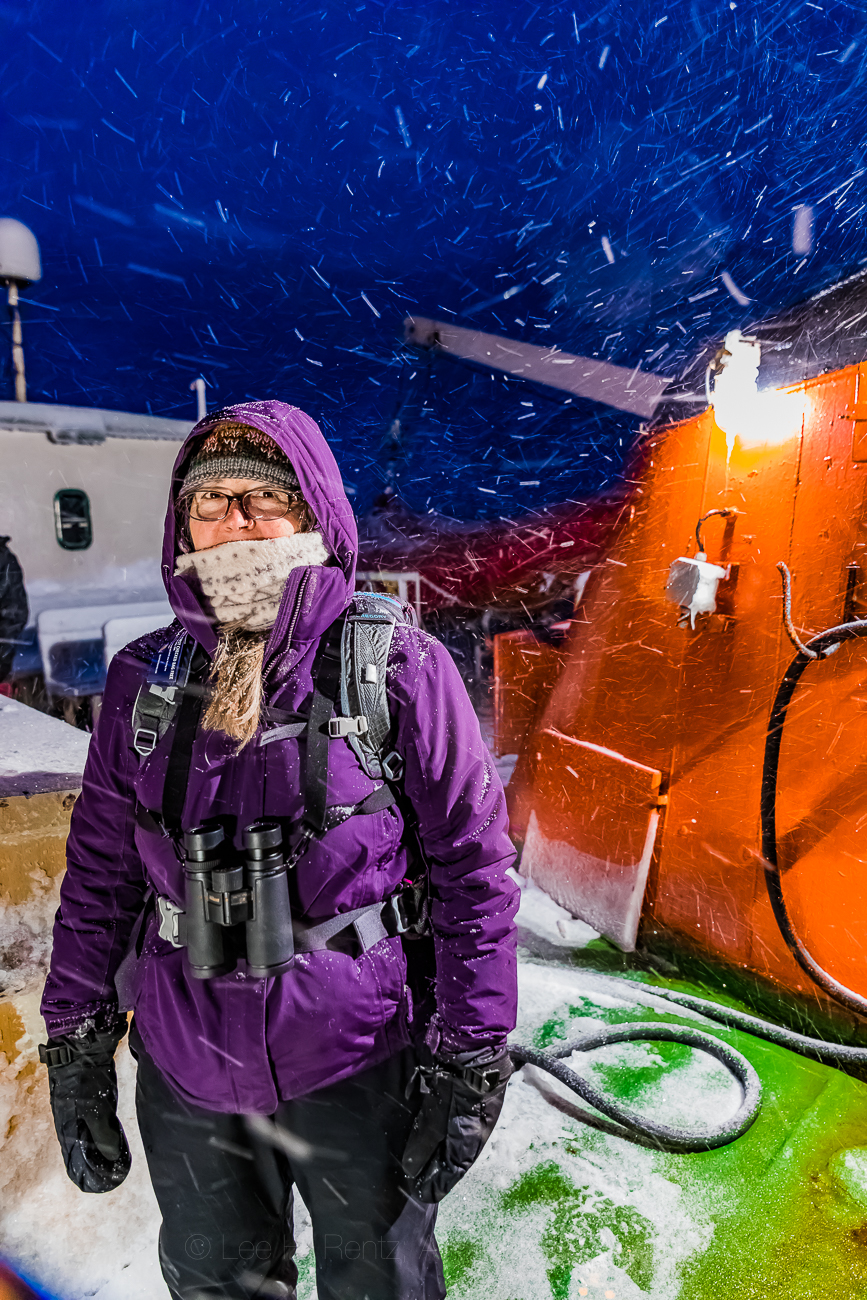
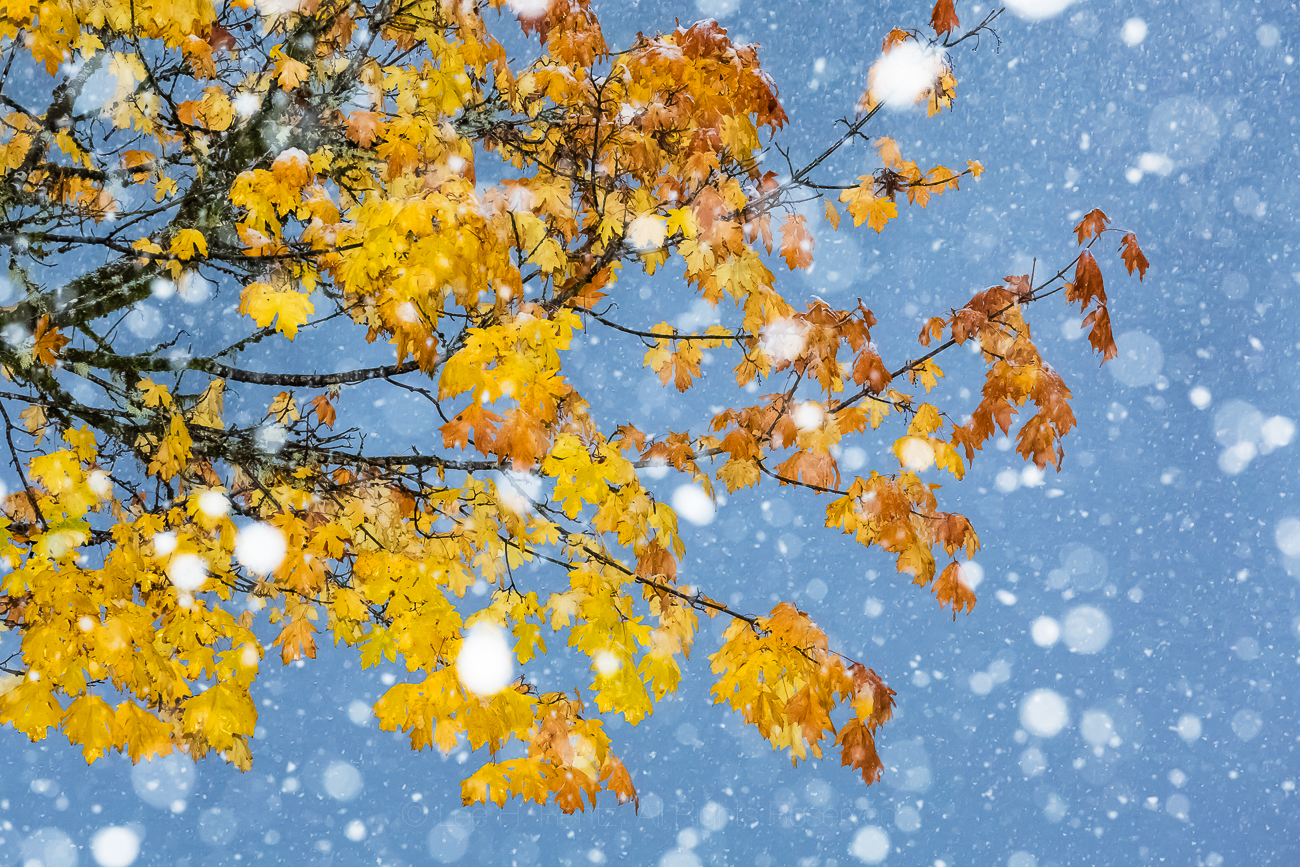
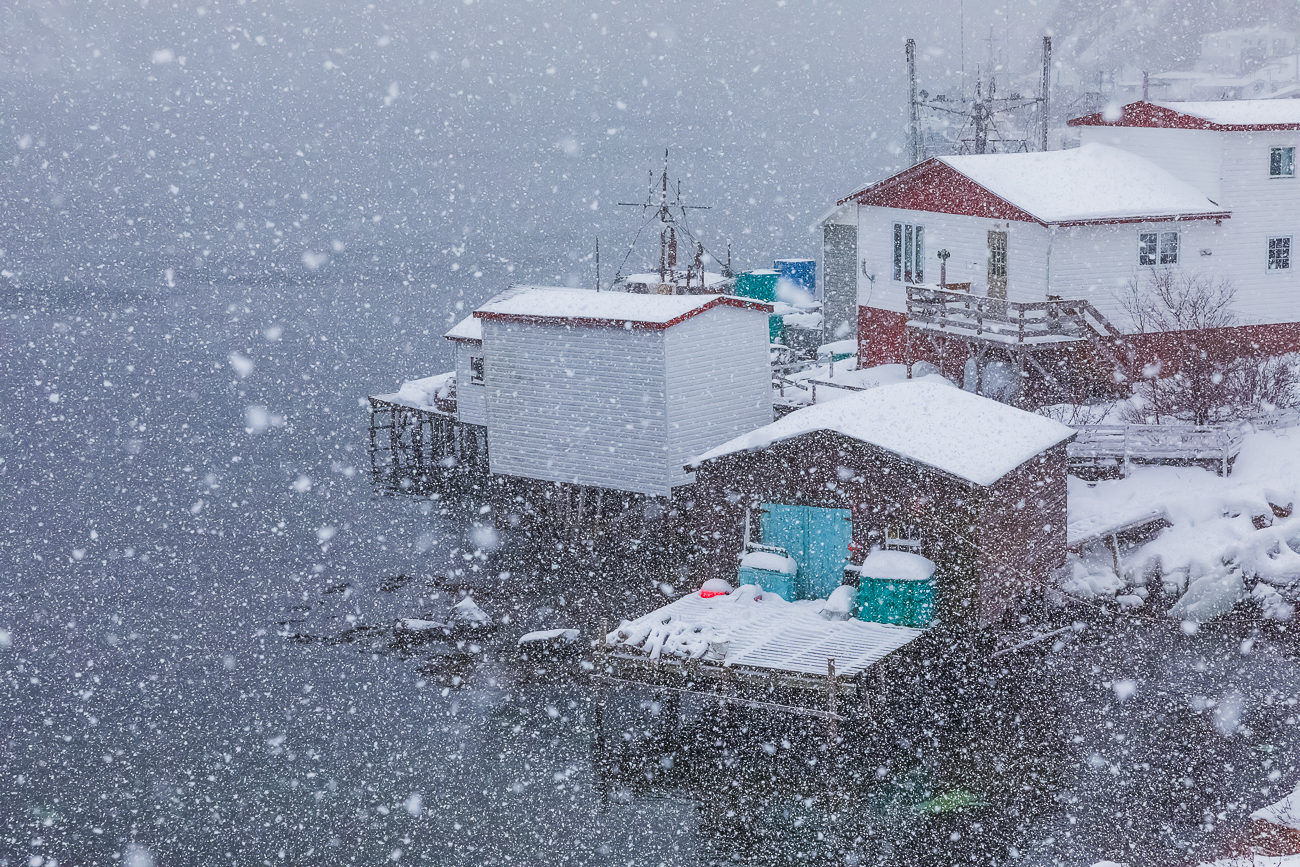

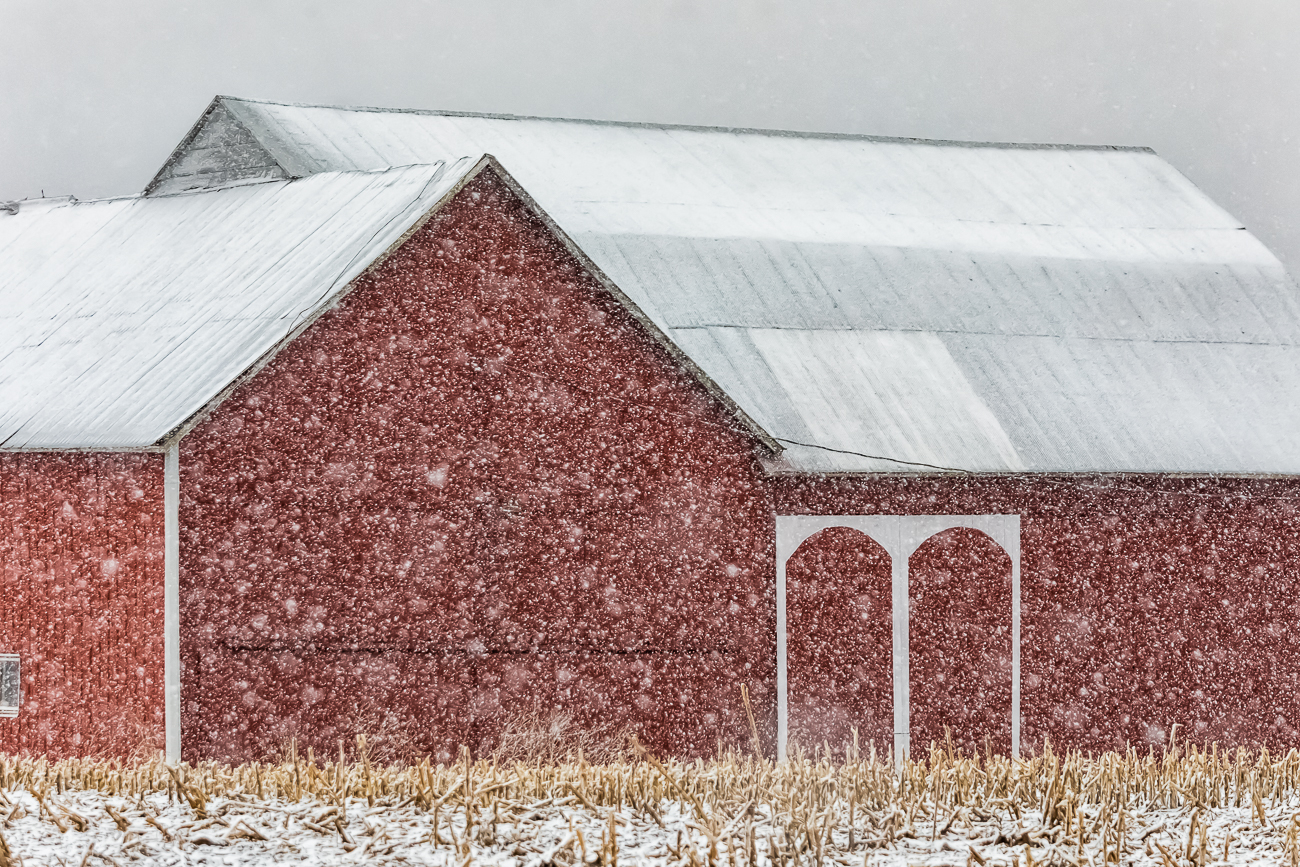
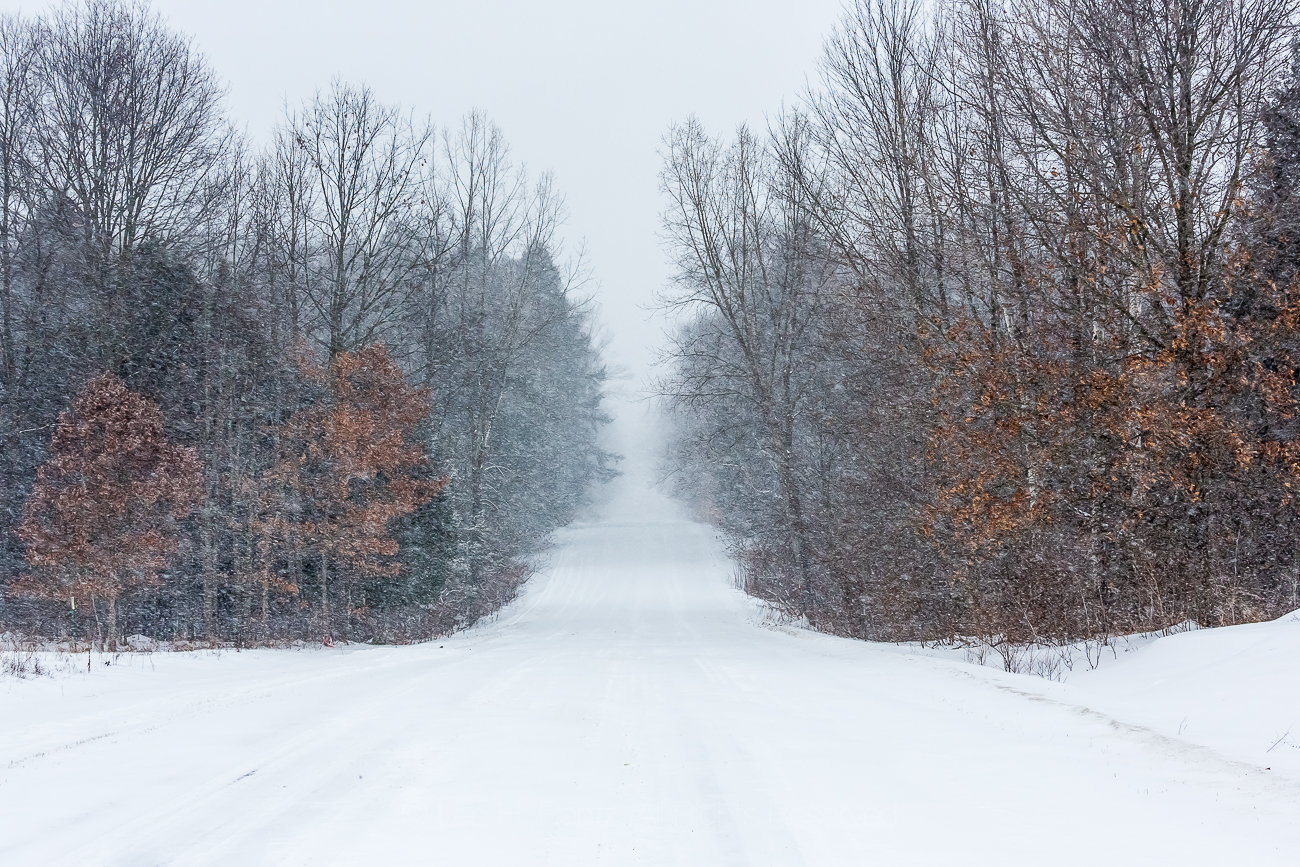
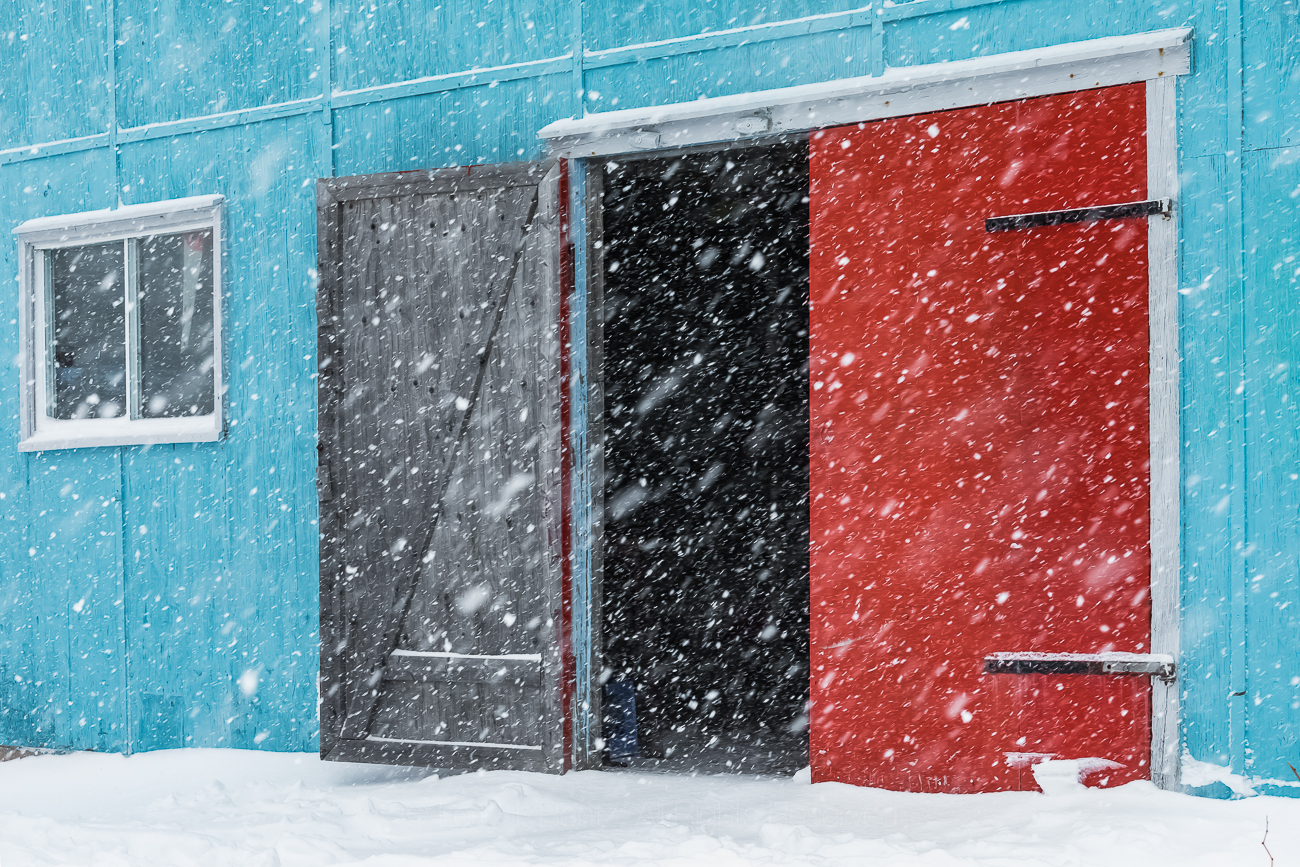

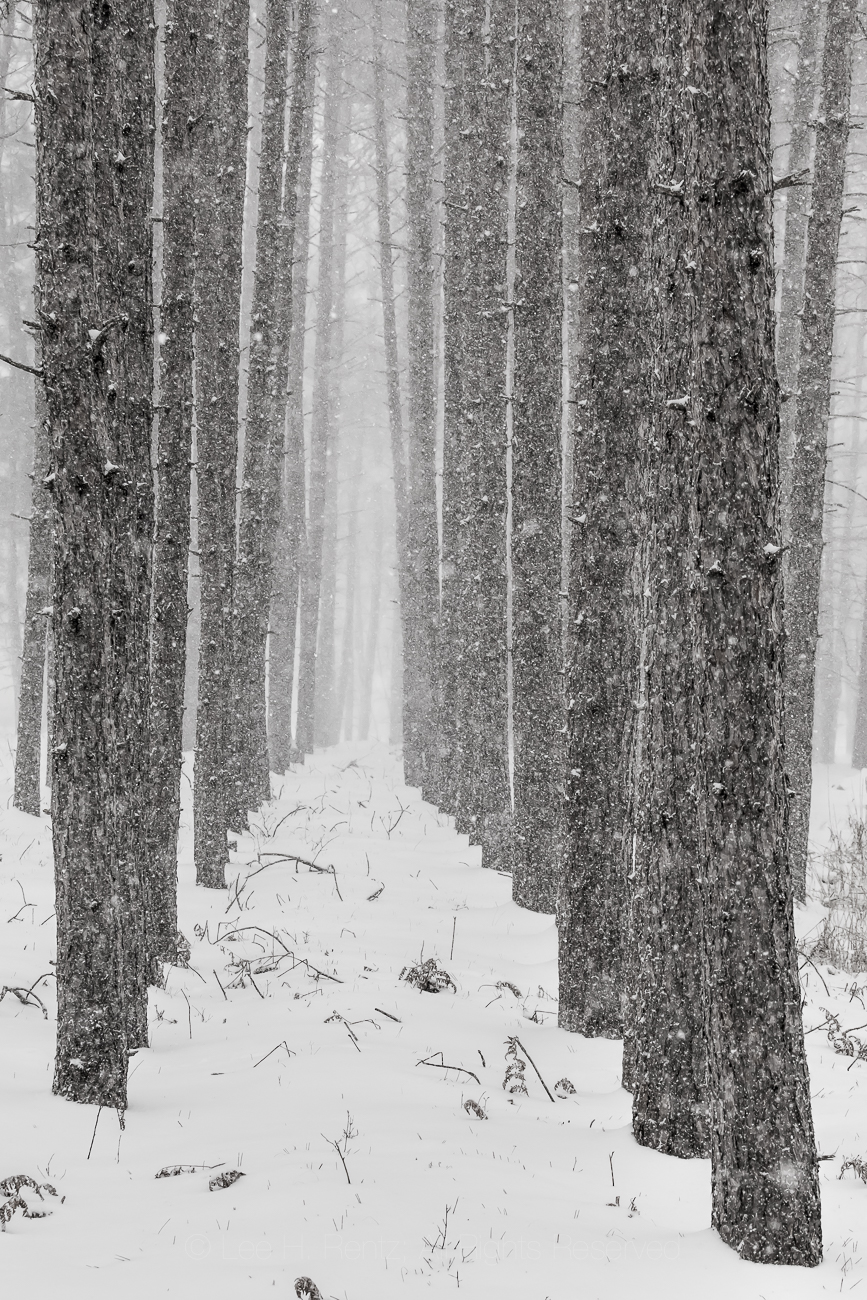

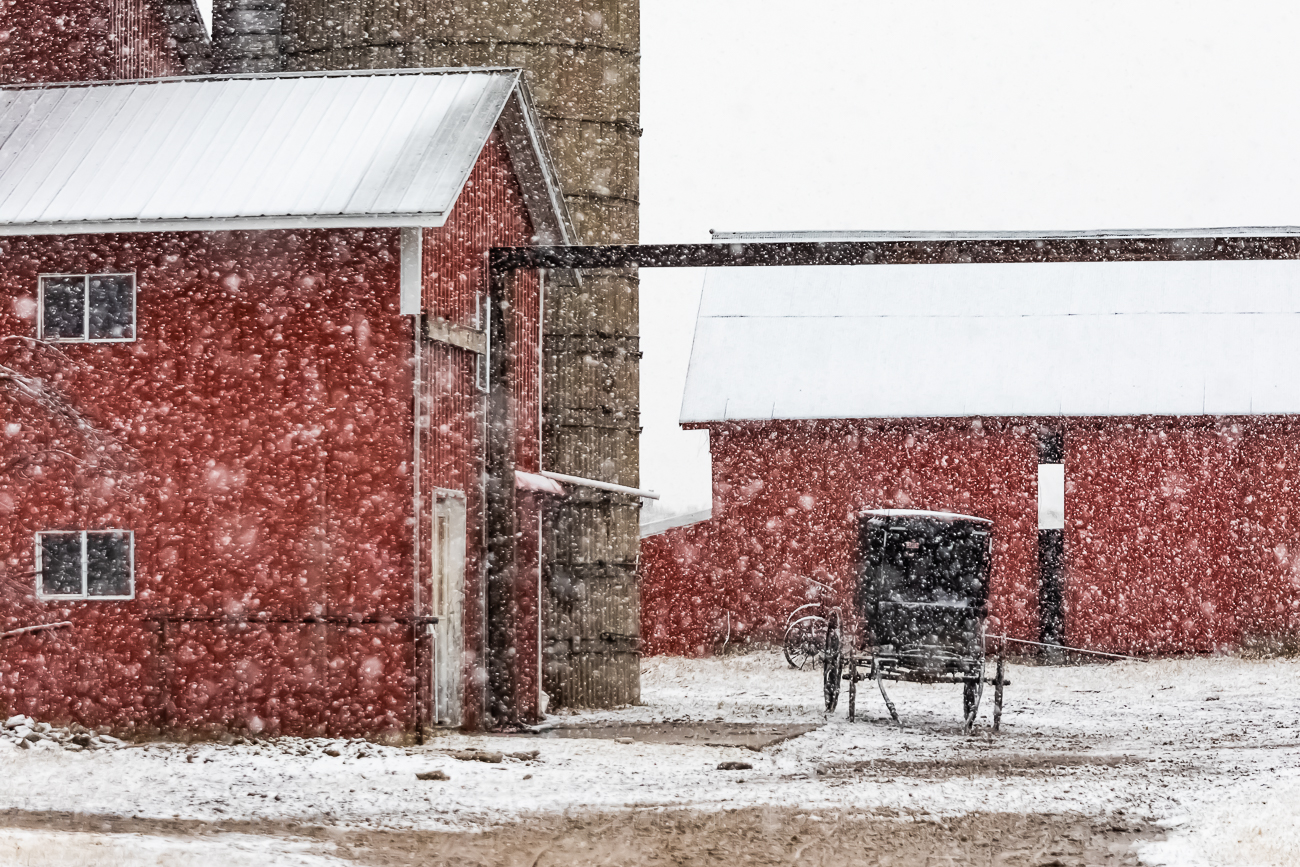
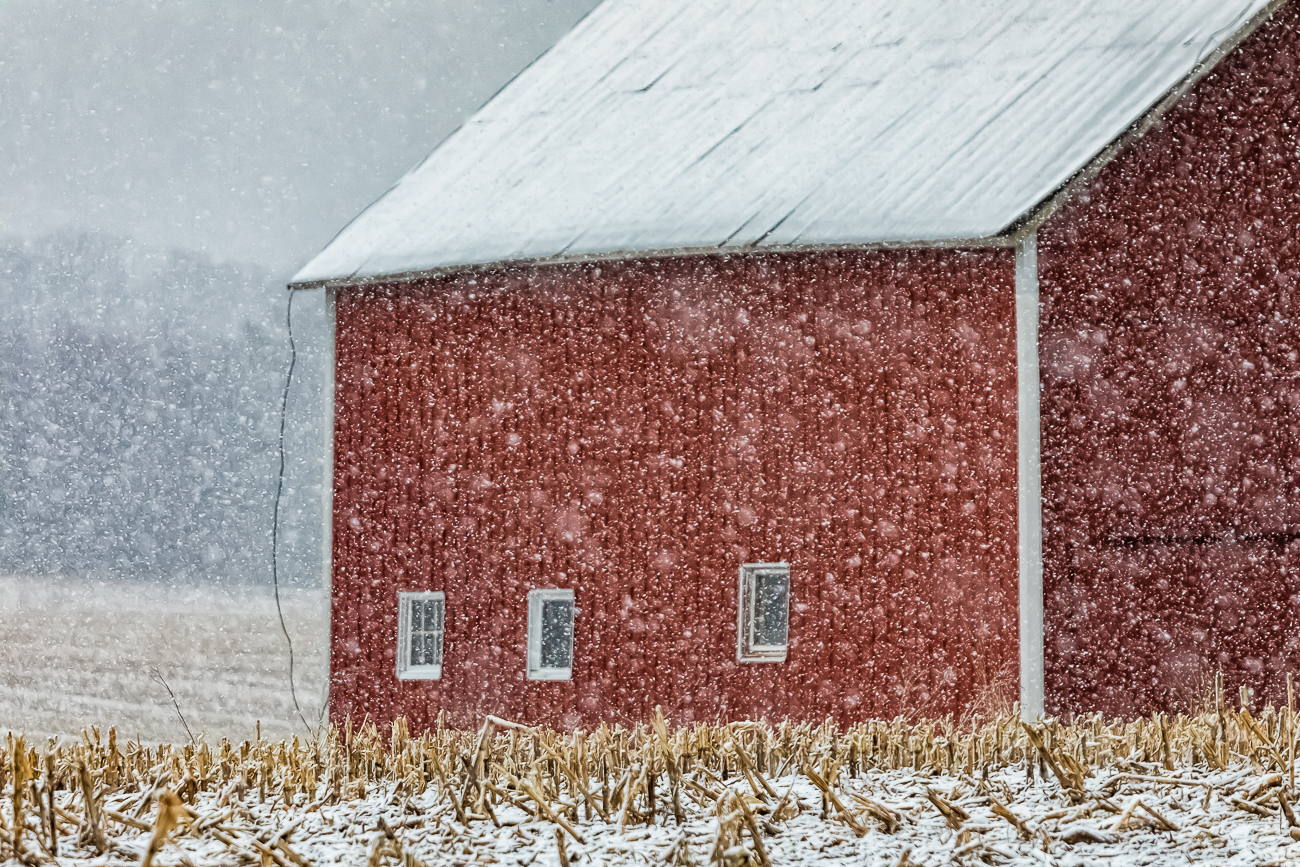

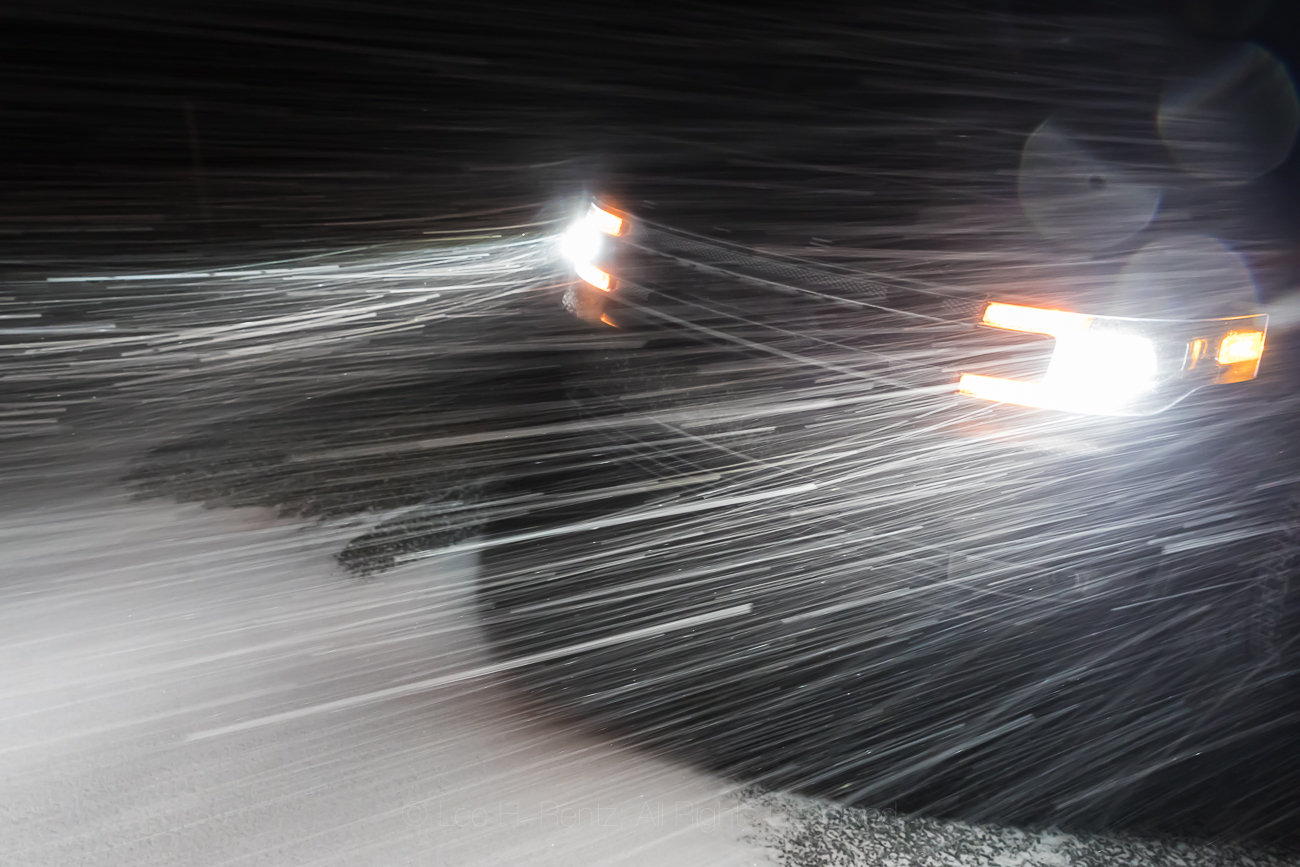
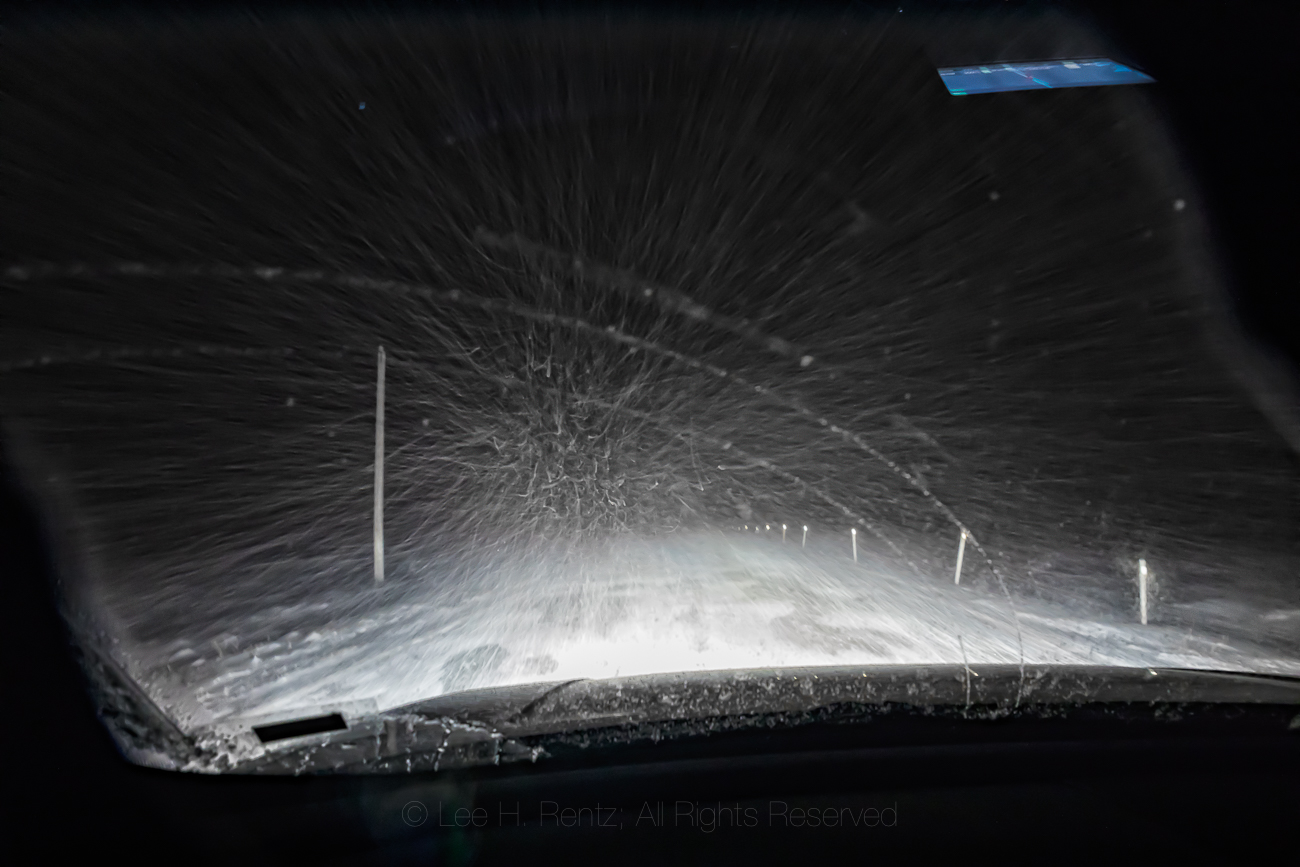
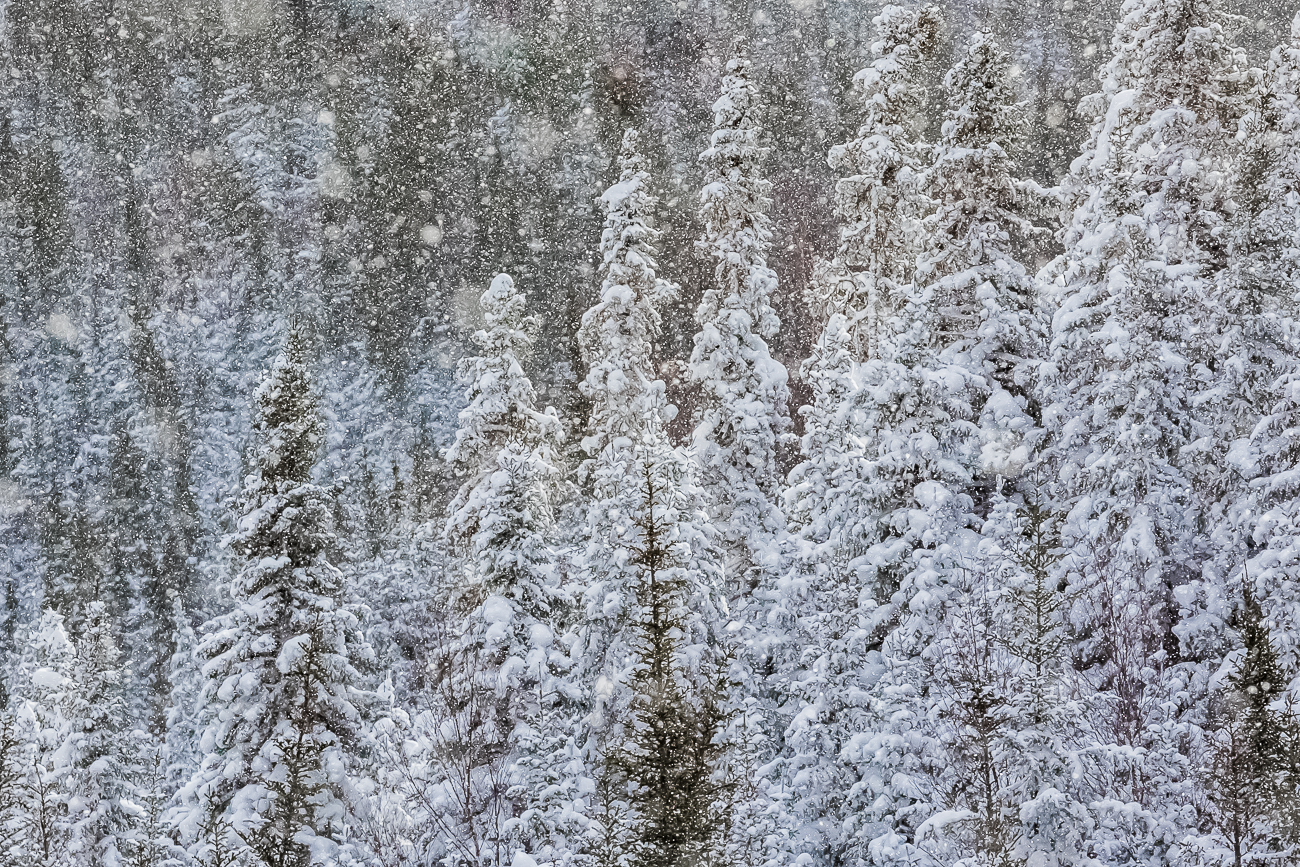
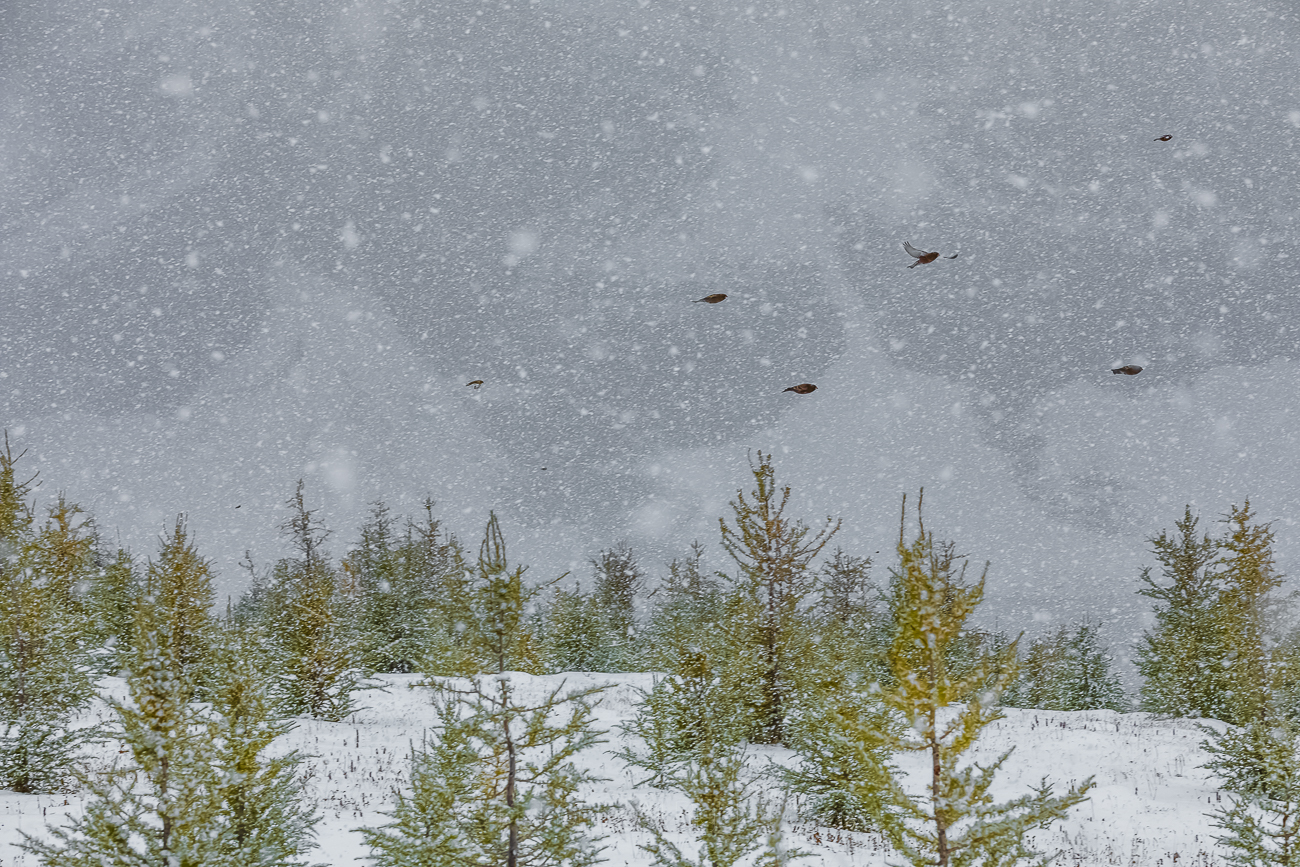
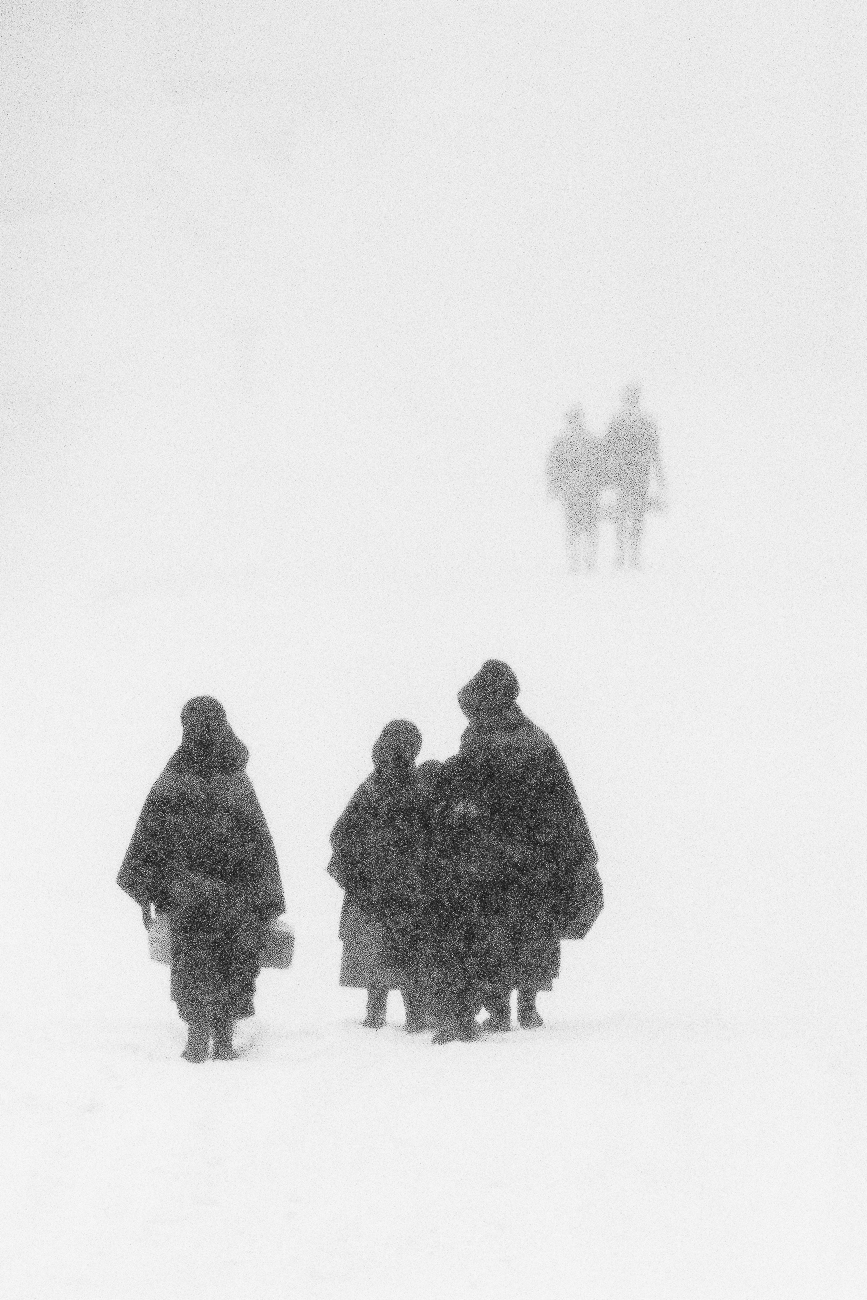
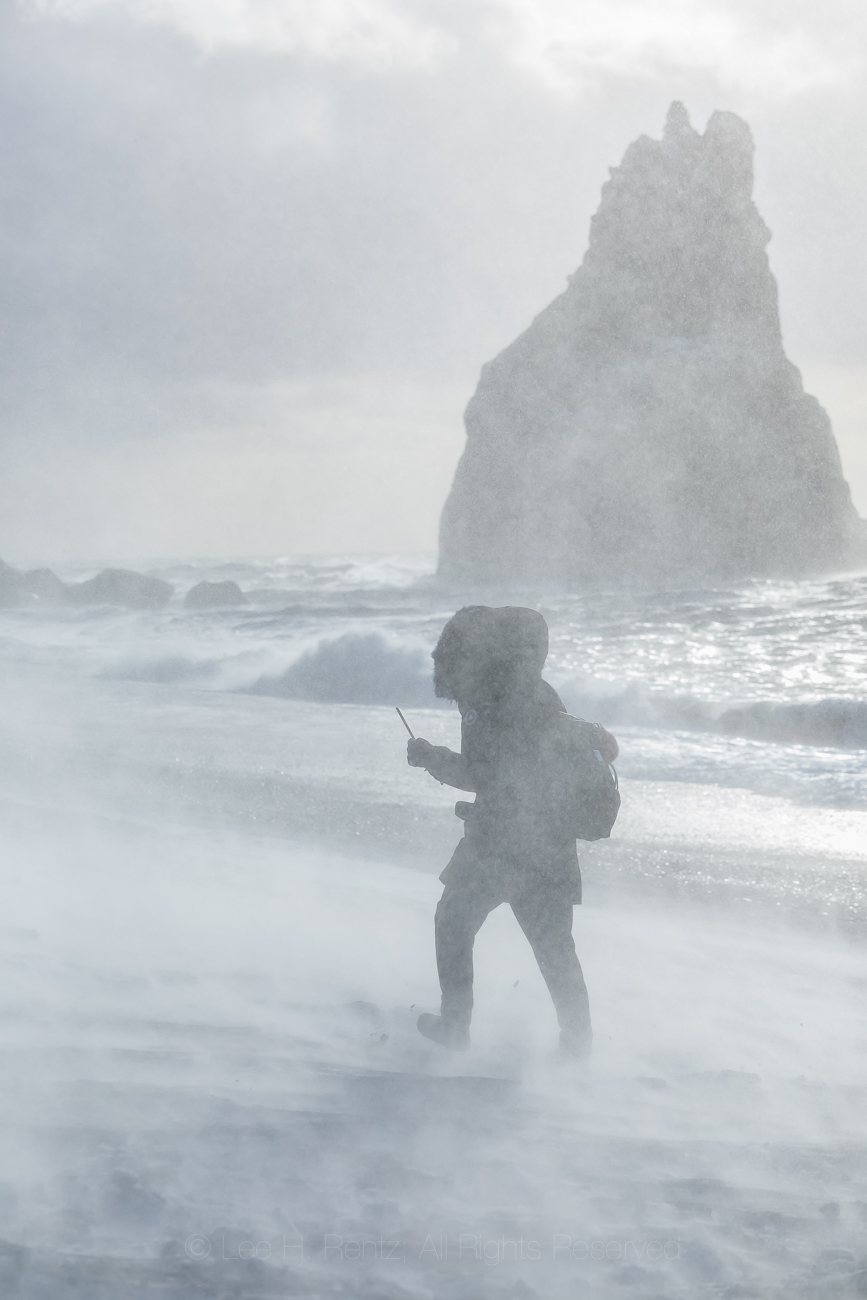

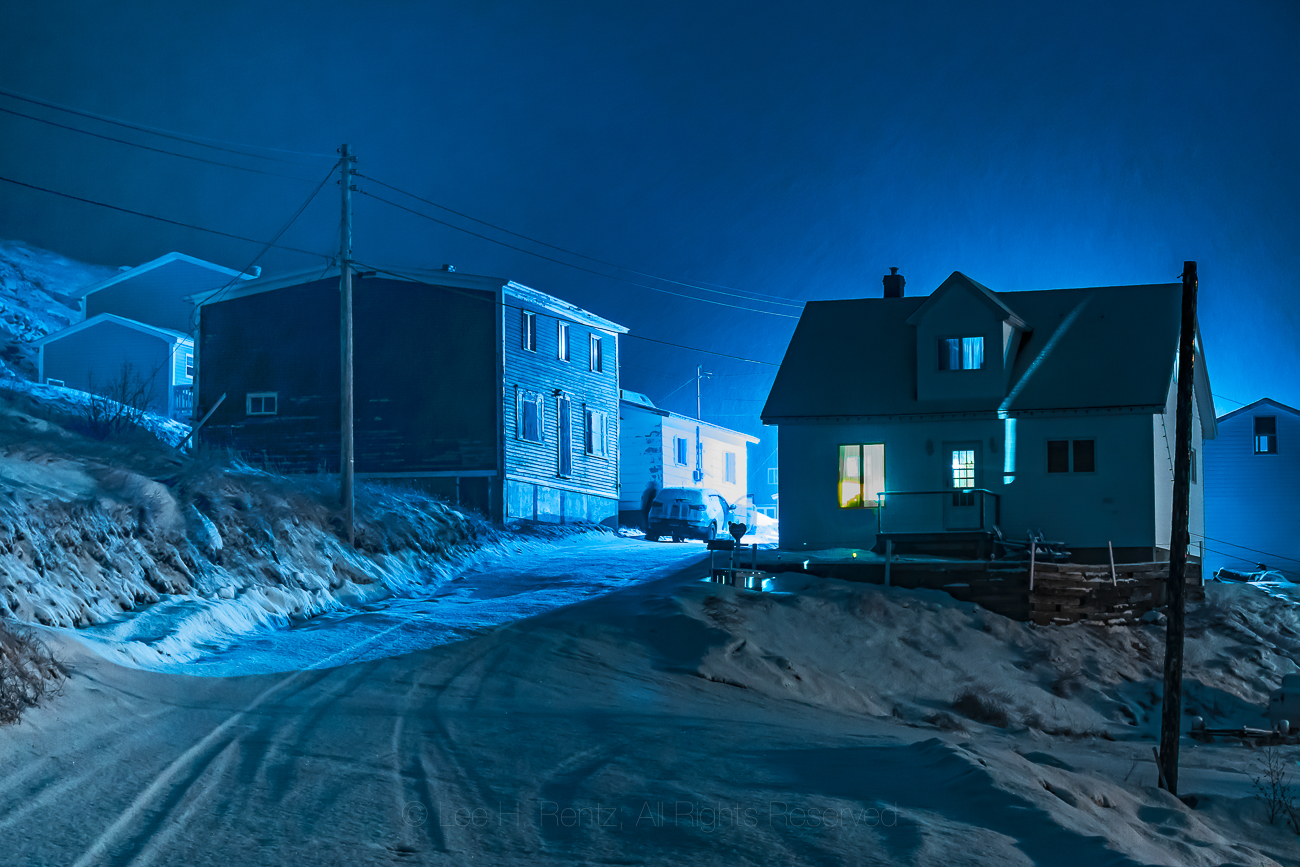

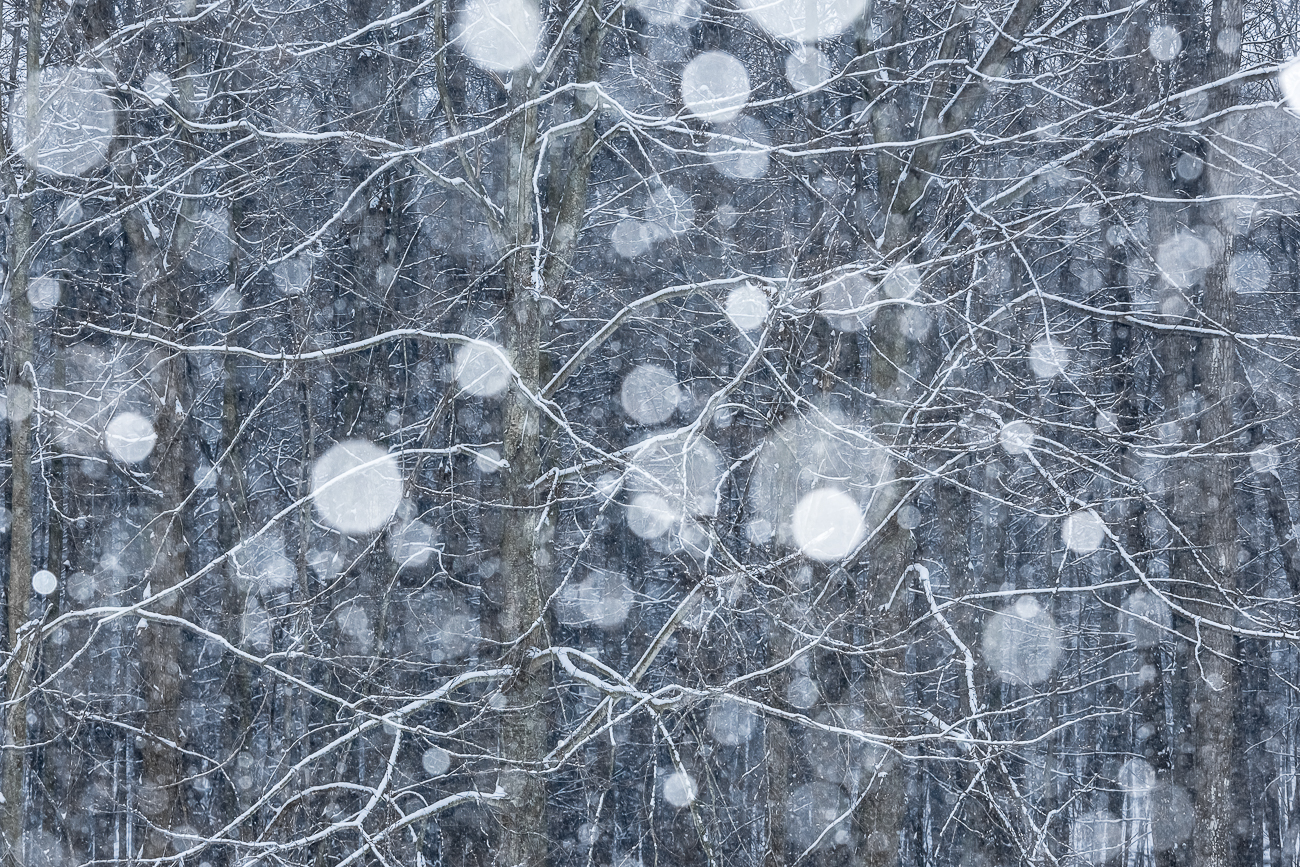
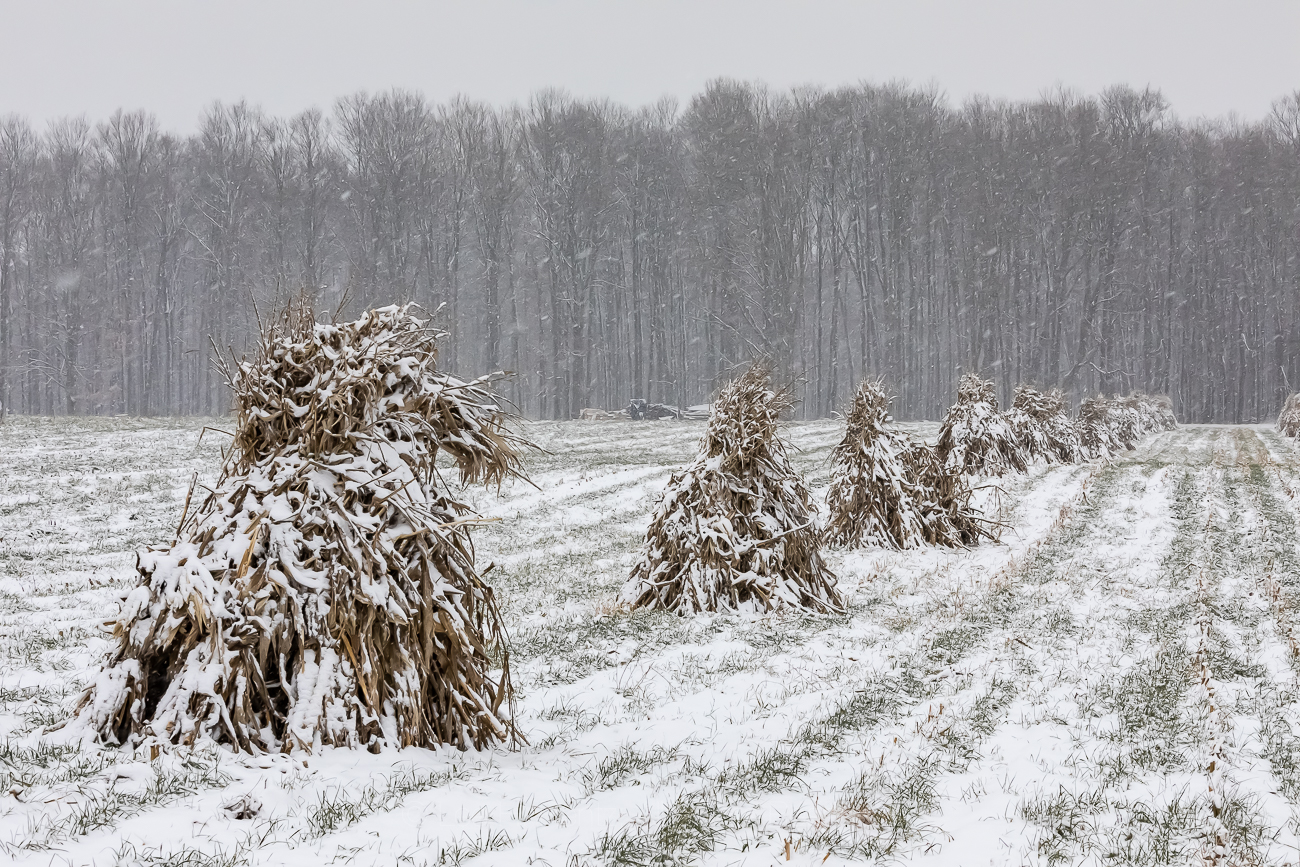
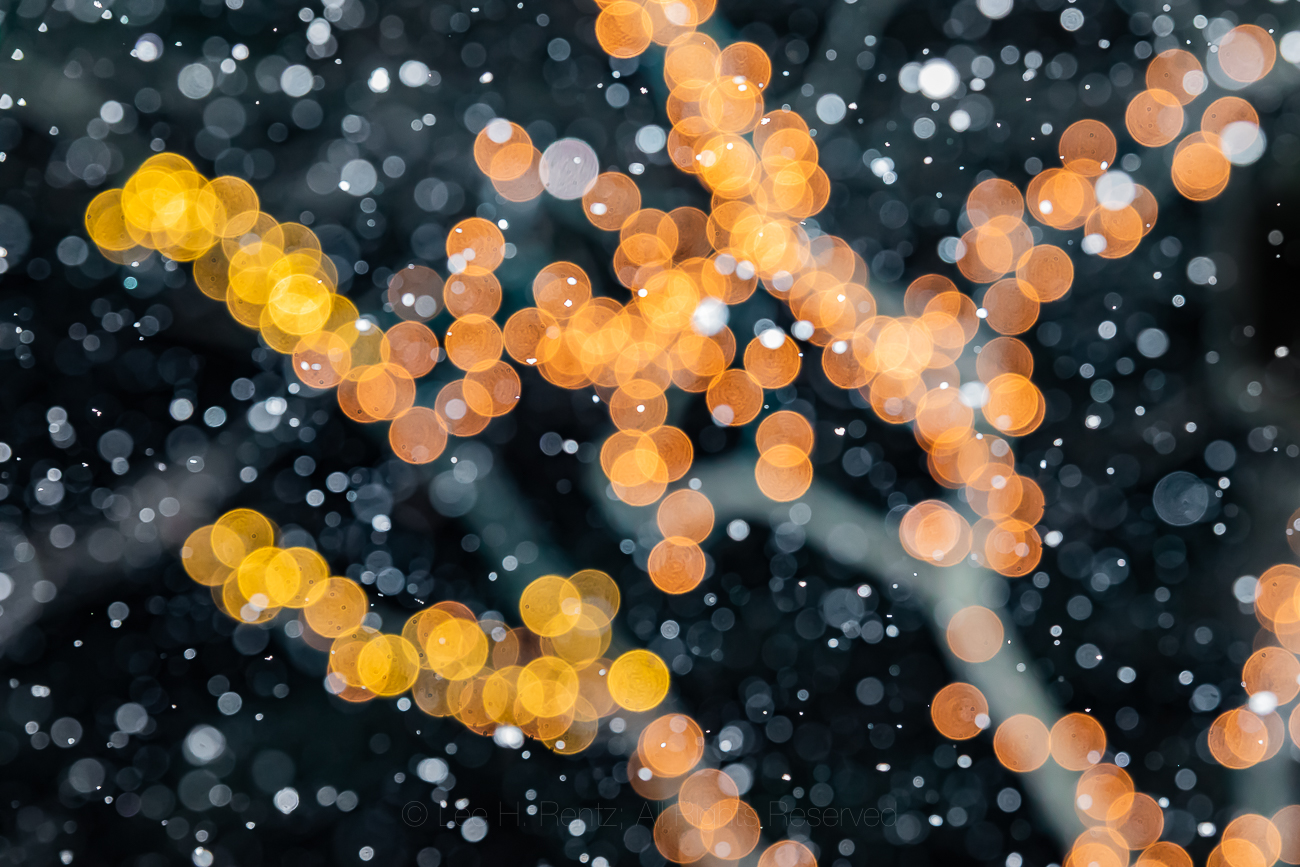
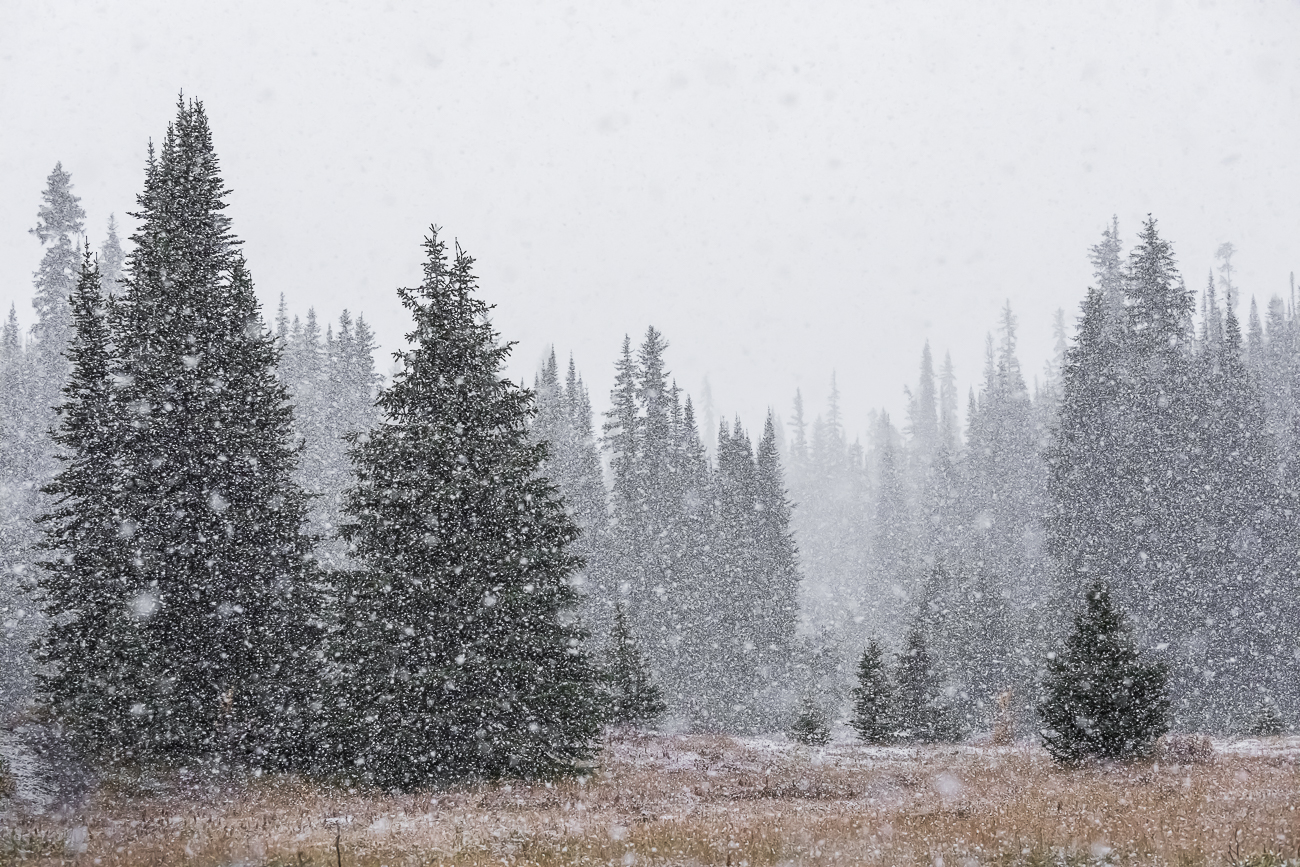
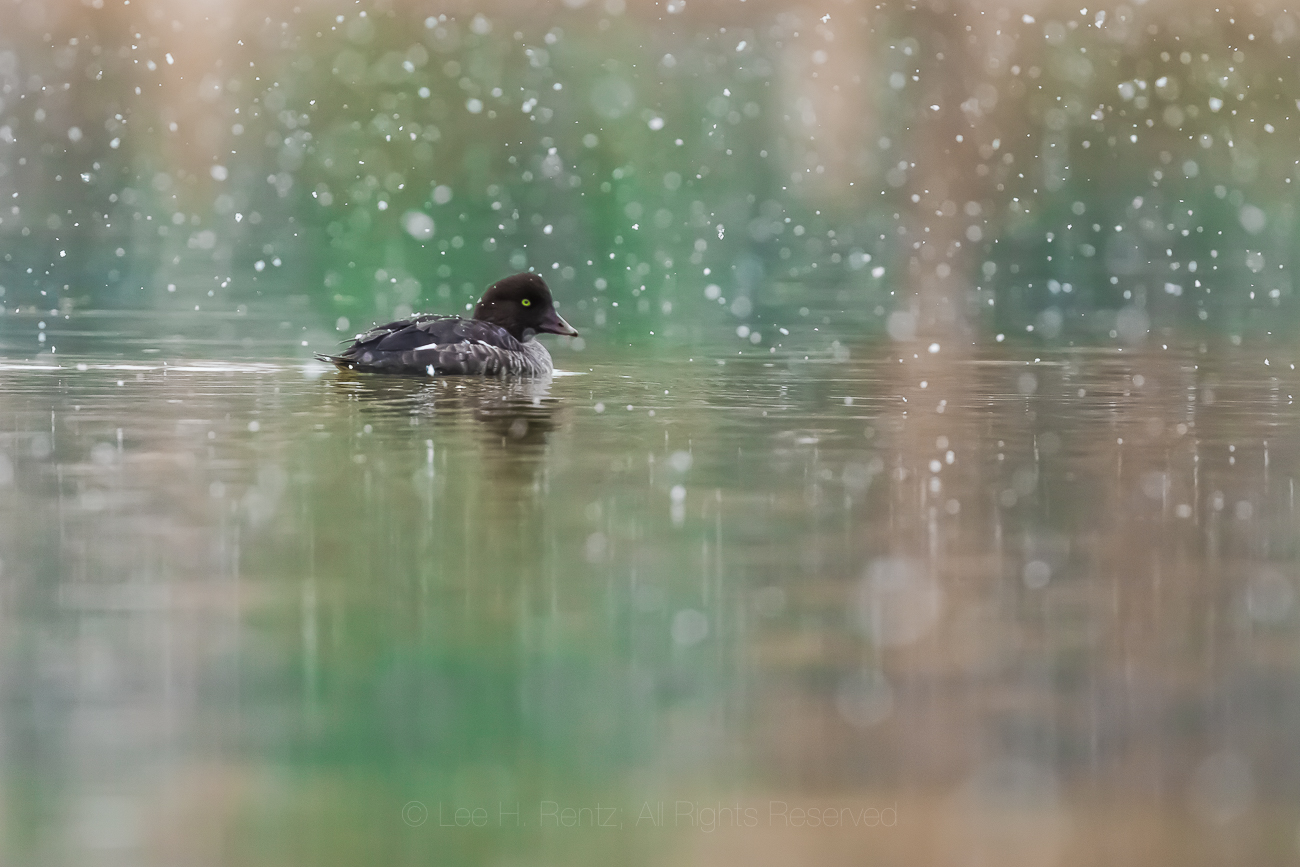

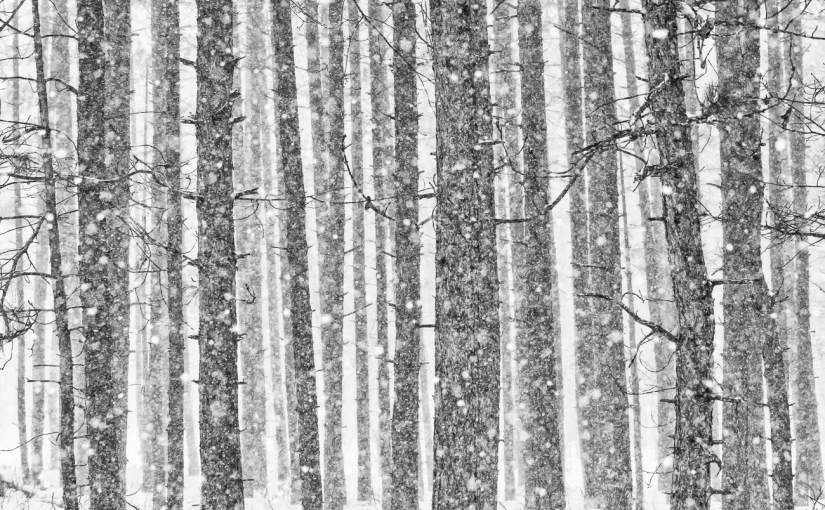
















































































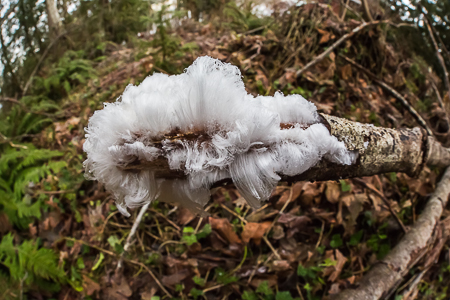



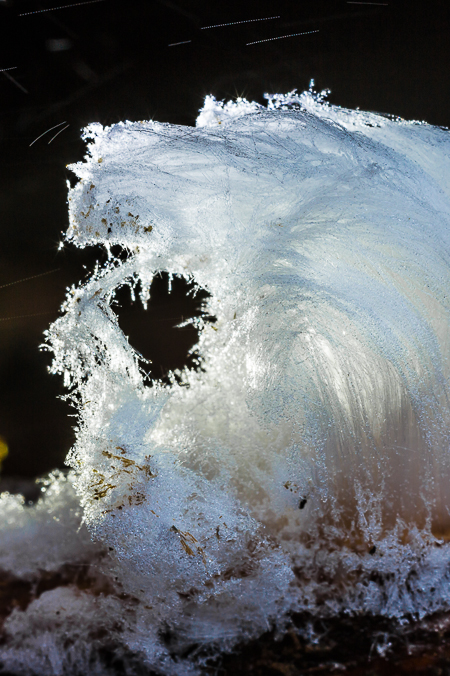









 Taking a long drink of cool water
Taking a long drink of cool water







